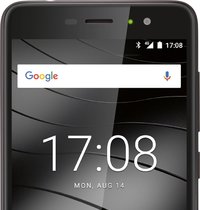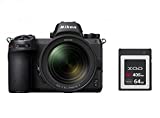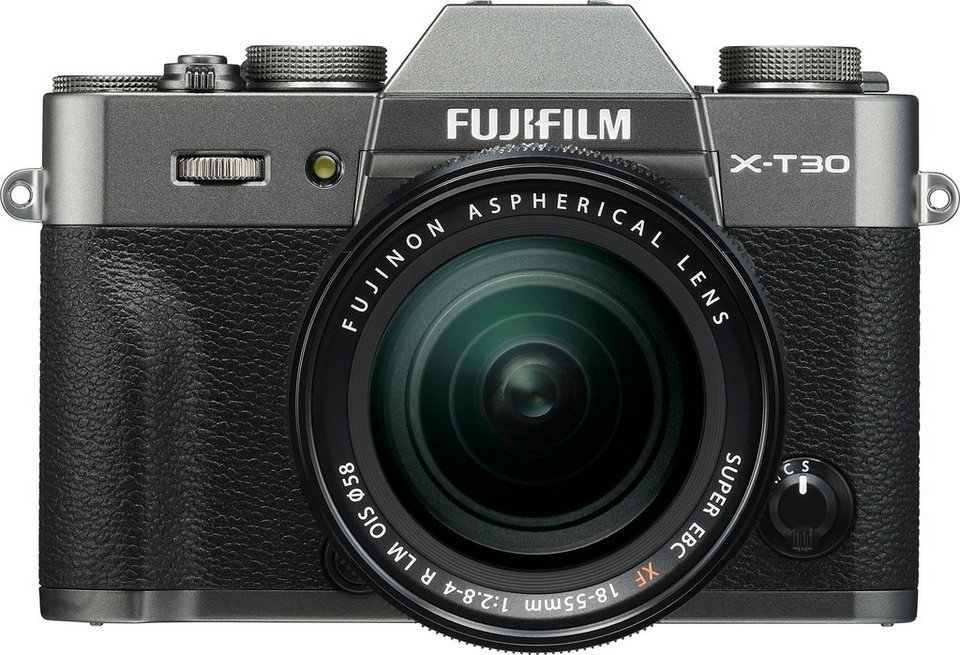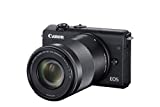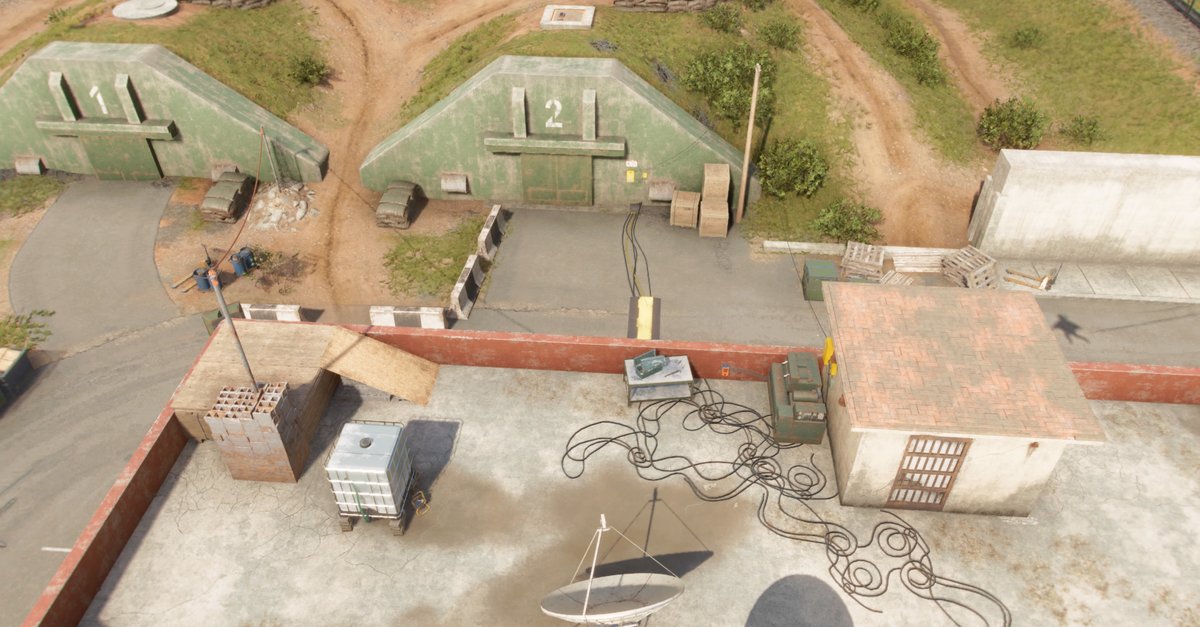Mirrorless test winner from Stiftung Warentest
The selection is large, as are the price ranges: The “system cameras” category is currently the most important and probably the most attractive class in the camera sector. GIGA recommends selected models to interested parties and provides information on what to look out for when buying a mirrorless system camera.

Congratulations! If you want to buy a system camera, you’ve already made a good decision. Photography beginners will find that there is better than their smartphone camera. Many attractive models for many different uses and wallet sizes are available. I recommend three models below.
Contents
- 1 The best system cameras 2021: content
- 2 The best system cameras in 2021: an overview of the test winners
- 3 Test winner system camera at Stiftung Warentest: Nikon Z6
- 4 Price-performance tip system camera: Fujifilm X-T30
- 5 Small system camera, good and cheap: Canon EOS M200
- 6 System cameras in the test: This is how it was tested
- 7 Buying a system camera: questions that should still be asked
- 7.1 What actually is a system camera?
- 7.2 Should I choose a SLR or compact camera?
- 7.3 Is my cell phone enough to take pictures after all?
- 7.4 Does a cheap system camera make sense?
- 7.5 Do i need an expensive lens?
- 7.6 Which memory card do I need?
- 7.7 What else do I have to consider when buying a system camera?
The best system cameras 2021: content
The best system cameras in 2021: an overview of the test winners
Test winner system camera at Stiftung Warentest: Nikon Z6
Benefits:
- Excellent picture quality
- Top quality in all points (see test)
- Very good system accessories available
Disadvantage:
- 4K video recording at 30 FPS only
- No built-in flash
Mirrorless system cameras are in the top league. Sony is a pioneer here, but meanwhile the manufacturer is doing a head-to-head race for the top spot with Canon, Fujifilm, Nikon and Panasonic. Advantage for the user: Those who already feel at home with one of these manufacturers can choose the top model from their manufacturer. The prices are around 3,000 euros, and for first-class lenses you can add more than 2,000 euros.
Winner of the Stiftung Warentest in the current system camera list (as of June 2020) is a comparatively inexpensive top model, the Nikon Z6. GIGA had also tested the Nikon Z6 and was very impressed. The manufacturer did not fulfill all wishes, but many. The system camera offers a robust housing, many functions and the most important thing: excellent image quality. 24 megapixels are on the full-frame sensor. So it convinces even in dark situations. At Stiftung Warentest, the Z6 even did better in terms of image quality than the more expensive sister model Z7 with 45 megapixels. But the calculation is simple: more pixels mean smaller pixels. In poor light conditions, however, larger pixels score points. The Z7 got an overall grade of 1.5, the test winner Z6 got a grade of 1.4. (Surprisingly, there are no other “very well” tested system cameras in the current list of product testers.)
With the Nikon Z6 you get a great system camera. Fortunately, the street price has already fallen. Here is the complete set with standard lens and XQD memory card. If you can still spend a little more, consider whether you want the faster and better Nikon Z lens. Here is a comparison:
Price-performance tip system camera: Fujifilm X-T30
Benefits:
- Very good picture quality
- Good equipment
Disadvantage:
- Video quality average
Friends of the retro look will get their money’s worth here: the design of the Fujifilm X-T30 is reminiscent of the bygone era of analog film. The photographer benefits, for example, from a setting wheel for the exposure time. The system camera is above all a cheaper alternative to the test winner, the body without lens is available for less than 1,000 euros.
For this you get a well-equipped system camera (including WiFi connection). An APS-C sensor with 26 megapixels is integrated, which, according to Stiftung Warentest, takes good pictures even in low light. Disadvantage: Compared to the Nikon Z6, the video performance is significantly lower despite the 4K resolution. But if you don’t mainly film, you can consider this chic system camera. Overall grade: 1.9.
The housing is available in three different colors. The kit with a good price-performance ratio contains a fairly bright standard zoom.
Small system camera, good and cheap: Canon EOS M200
Benefits:
- Very good overall package
- Compact and light
Disadvantage:
- No viewfinder
- Flat case (without handle)
The Canon EOS M200 has little in common with the Nikon Z6, it almost looks like a compact camera. Those who can do without the viewfinder and, like many amateur photographers, prefer to look at the display anyway, get a small but good system camera with this product: At Stiftung Warentest, the M200 tops the list of viewfinderless system cameras, with an overall rating of 2.0.
The Canon EOS M200 has an APS-C sensor – in the same size as it is built into many SLR cameras. This means that the M200 can score points over many competing cameras that have a similar housing size. In addition to 4K video recordings and 120 frames per second at 1080p, it impresses with many extras, including WiFi, autofocus with eye recognition and a foldable touchscreen display.
This makes the Canon EOS M200 not only suitable for amateur photographers, but also as a compact second camera for photographers with higher ambitions. And it’s cheap too.
System cameras in the test: This is how it was tested
In the GIGA test, we gave the Nikon Z6 partial grades for image quality, features, and handling and practicality. The focus was on the impressions a photographer gains when handling the camera.
The Stiftung Warentest carried out their comparison under standardized conditions. The evaluation consists of the following partial grades, which were weighted into the overall grade:
- Image (40%)
- Image with manual settings (10%)
- Video (10%)
- Viewfinder and monitor (10%)
- Handling (30%)
In the most important sub-rating “image”, recordings as JPEG files were compared. In addition to this eye test, the testers checked, among other things, image stabilization, resolution, color rendering and the flash. If the camera performed poorly in a single discipline, this could lead to a downgrade of the overall grade (devaluation).
Buying a system camera: questions that should still be asked
In the following some background information for beginners who want to buy a system camera:
What actually is a system camera?
We have already talked a lot about system cameras, but the definition is still pending. A system camera is a camera within a system, which means that individual components can be exchanged. In concrete terms it is Lensesthat one on a camerabody puts. When buying, you have to make sure that the respective lenses for the camera system are manufactured. Amazon often offers the option to check compatibility on the lens pages. An external flash must also be designed for the respective system.
Strictly speaking, single-lens reflex cameras are also system cameras. The term system camera has become established as a distinction between mirrorless cameras and single lens reflex cameras. The cameras listed above do not have a mirror to redirect the image to the viewfinder. The photographer receives an electronic picture here and / or can access the display.
Should I choose a SLR or compact camera?
You can find an overview of similarities and differences between the various categories here: Buying advice: compact camera, system camera or reflex camera?
Is my cell phone enough to take pictures after all?
Cell phones now take very good pictures – at least in good light. With software, manufacturers get a lot out of the small sensors. If you only publish the pictures on Instagram, the quality is enough. If you want to hang them on the wall as a poster, you will at least recognize the limits of the smartphone sensor with a trained eye.
System cameras distinguish themselves from smartphones:
- sharper images
- less picture noise
- better bokeh
- better long exposure
- interchangeable lenses
For the vacation trip like the family celebration, I recommend a decent camera.
Also interesting:
Does a cheap system camera make sense?
You can save on the camera, but you should plop down on the lens – I don’t want to subscribe to this motto! This may have made sense in analog times, since the lens and film had a major influence on the image quality. In digital cameras, however, the image sensor is also one of the most important quality features. Buying a bad camera will not only be seen in every photo, but you will also regret it.
With a sensor size of APS-C and full format you can hardly go wrong with the common camera brands, no matter which model you choose (of course: some are better, some are worse …). The sensor of the Micro Four Thirds cameras is much smaller, but there are cameras with a good quality here too.
Do i need an expensive lens?
Some of the supplied lenses are not bad at all and a good compromise for everyday life. Some of the supplied lenses are no fun at all because the image quality is poor and / or the light intensity is low. However, a lens does not necessarily have to be expensive. Fixed focal lengths (i.e. without zoom) and / or lenses from other manufacturers such as Sigma, Tamron or Tokina can be an attractive alternative. Important: The lens must be fabricated for the body’s camera system. To get started, a photographic beginner can certainly start with the lens provided until one is clear about what is important to them.
Which memory card do I need?
The above Nikon uses the fast and expensive XQD-2.0 cards. Most cameras, on the other hand, use SD cards. High speeds of the storage medium are especially important when producing large file sizes in a short period of time, for example filming in 4K resolution or taking RAW images in series. A slow memory card can slow down the process or even lead to it being canceled. Good memory cards are available for less than 40 euros, even with 128 GB of storage.
What else do I have to consider when buying a system camera?
If you want to get deeper into camera research yourself, consider: What do I want to use the camera for? (Those who take sports photos place more value on fast autofocus than those who only do landscape photography.) What else is important to me about the camera? And last but not least: How much do I want to spend? The central features can be counted:
- Design, size and weight
- Operation (touchscreen? With / without viewfinder?)
- picture quality
- Autofocus
- Other speed
Last but not least, you should system Note: Are the lenses available in the price range that I would like to have now or later? What about other accessories? Because when you buy a kit you also choose the system. Once you have two or three lenses, you usually stay with the same manufacturer when buying a new camera.

